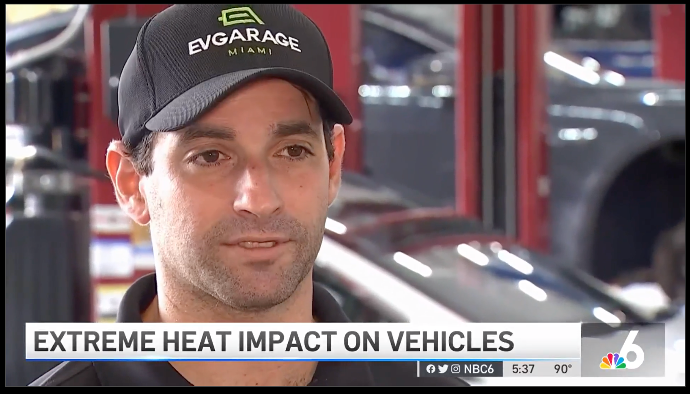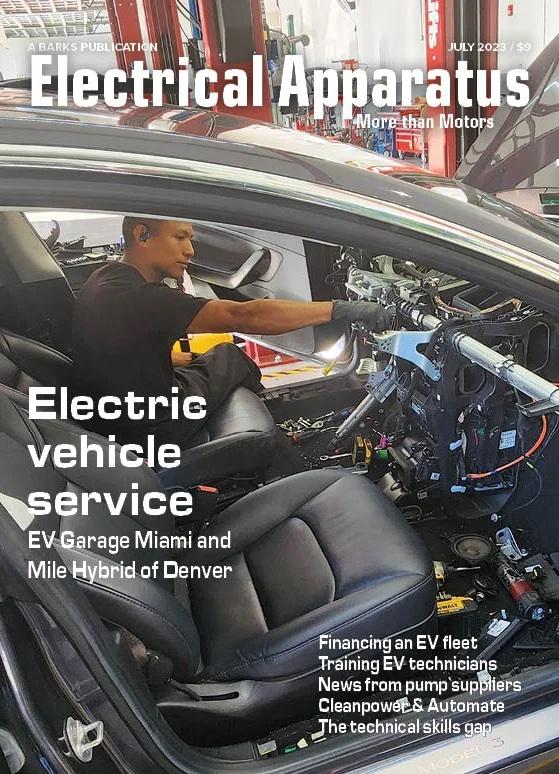Reading time: 4 min
Author: Ev Garage Marketing Department
In recent years, electric vehicles (EVs), also called battery electric vehicles or battery cars (BEVs), have gained great popularity as an environmentally friendly form of electric transportation. Many car manufacturers have decided to embrace and develop sustainable transportation to combat global warming, opening the way for different categories of electric cars and reducing vehicle emissions.
Here are some of the categories in which electric cars fall into:
(FCEV): those that produce electric energy thanks to hydrogen and oxygen.
(EREV): those with an extended battery, i.e. vehicles powered by battery energy.
How do electric cars work?
In this blog post, we will explore the mechanics of electric vehicles and their inner workings, from the power source to the transmission, we will discover the technology behind electric vehicles.
Electric cars are powered by one or more electric motors, which are driven by a battery that is made of lithium-ion technology. The energy stored in these rechargeable batteries powers the vehicle's engine.
Battery charging is a crucial aspect of EV property. Battery charging can be done in various ways, for instance through home charging stations, public charging stations, and fast-charging networks. Charger infrastructure and EV charging stations have presented some challenges for electric cars in the past. Still, now we have a powerful infrastructure system that allows us to almost charge anywhere. EV Garage carries Lightning e Motors chargers, providing a solution to your needs this could be a single charge, EV charger, or power supply.
Main components of an electric vehicle
The main components of an electric car are:
- The charging port, where it obtains electricity
- The transformers are those that are responsible for converting the electricity received into optimum voltage and amperage for the electric recharging system.
- The batteries
- DC/DC converter, that regulates the energy received or recharged by the motor.
- Among others.
The role of the electric motor
The electric motor is a fundamental component of a vehicle since it is in charge of managing the energy in the different driving phases (when you accelerate and when you brake).
An electric motor is designed to use the energy of motion (kinetic energy) and transform it into electrical power to recharge the battery. Many electric motors tend to be more efficient than internal combustion engines (ICE), as these convert up to 90% of the electrical energy into mechanical energy.
There are two main types of electric motors used in EVs: AC (alternating current) motors, which are those used in luxury electric cars such as Tesla models: and DC (direct current) motors, which are common in electric vehicles because of their simplicity, reliability, and high power-to-weight ratio.
This type of motor (AC) This motor converts electrical energy into rotational forces through the mutual action of magnetic fields. It converts alternating current into mechanical energy.
On the other hand, direct current (DC) motors, also known as direct current, are less commonly used in modern electric vehicles. DC motors are rotating machines, this functionality is based on converting electrical and mechanical energy by the principle of induction, i.e. an electromagnetic force creates a rotary motion, which drives the motor. and offer advantages in specific applications.
To regulate the flow of electricity from the battery to the electric motor, electric vehicles rely on a controller and an inverter.
The controller functions as the brain of the EV, interpreting driver input and adjusting power, i.e., they are devices that temporarily store electrical energy to convert current. This conversion process allows precise speed and motor control, which contributes to smoother acceleration and improved energy efficiency.
An inverter is a component that is responsible for transferring energy from one element to another. The inverter is used to transform this energy into the needs of the car, such as increasing or decreasing engine power, driving the car, or charging the batteries.
Regenerative braking
One of the most outstanding features of electric vehicles is regenerative braking. This is the process used by cars that allow them to recharge their batteries using braking power.
When the driver presses the brake, the electric motor acts as a generator, converting the vehicle's kinetic energy into electrical energy. This captured energy is returned to the battery to regenerate energy. Regenerative braking not only improves the energy efficiency of electric vehicles but also helps extend their range.
Electric vehicles offer a greener, more sustainable, and cost-saving alternative to traditional combustion engines as opposed to their competitors. Understanding how they work can provide valuable insights into the future of transportation. From the power source to the electric motor to controllers to regenerative braking, each component plays a crucial role in the flawless operation of an electric vehicle. As technology advances, we can expect even more innovative developments in the electric vehicle sector, bringing us closer to a more sustainable future.
EV Garage Miami has the experience and expertise to simplify the EV adoption process and fuel economy, for more affordable EVs.
Get in contact with us to learn more.







